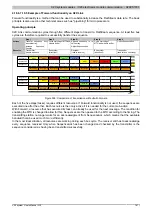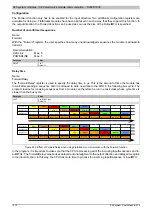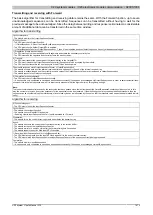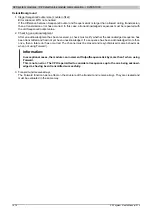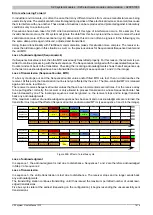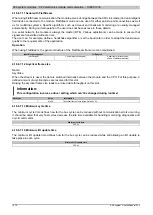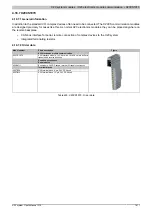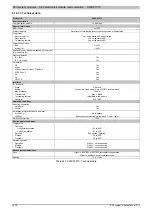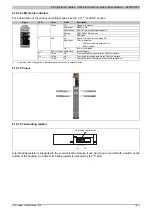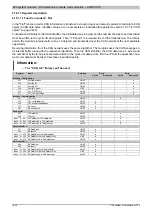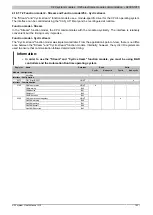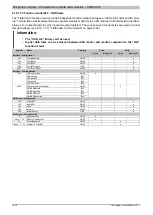
X20 system modules • X20 electronics module communication • X20CS1070
1624
X20 system User's Manual 3.10
4.18.7.7.6 CAN object
A CAN object is always made up of a 4-byte identifier and a maximum of 8 subsequent data bytes. This also results
in the relationship between CAN object length and the amount of CAN payload data. This is important because
the number of CAN payload data bytes for communication via "FlatStream" always has to be determined using
the frame length.
Composition of a CAN object / CAN frame
Bytes
Function
Information
1
ID bit 0 to 7
2
ID bit 8 to 15
3
ID bit 16 to 23
4
Code
ID bit 24 to 31
5 - 12
CAN payload data
0 to 8 CAN payload data bytes
Code
The 32 bits (4 bytes) of the CAN identifier are used as follows:
Bit
Description
Value
Information
0
Standard frame format (SFF) with an 11-bit identifier
0
Frame format
1
Extended frame format (EFF) with an 29-bit identifier
0
Data frame
1
Frame type
1
Remote frame (RTR)
2
Reserved
-
3 - 20
0
In extended frame format (EFF) with 29 bits
21 - 31
CAN identifier for telegram to be transmitted
In standard frame format (SFF) with 11 bits
4.18.7.7.6.1 CAN module data stream
In function model 254, the data packets to be transferred in a data stream are referred to as frames.
Information:
For the CAN module, that means:
•
A frame always contains one CAN object and therefore cannot be longer than 12 bytes.
•
The CAN object is only transferred to the transmit buffer after the frame has been completed.
•
The CAN payload data length has a fixed relationship with the frame length and the actual size
of the CAN object. The following rules apply:
°
CAN payload data length = Frame length - 4
°
Frame length = CAN payload data 4
Summary of Contents for X20 System
Page 2: ......


